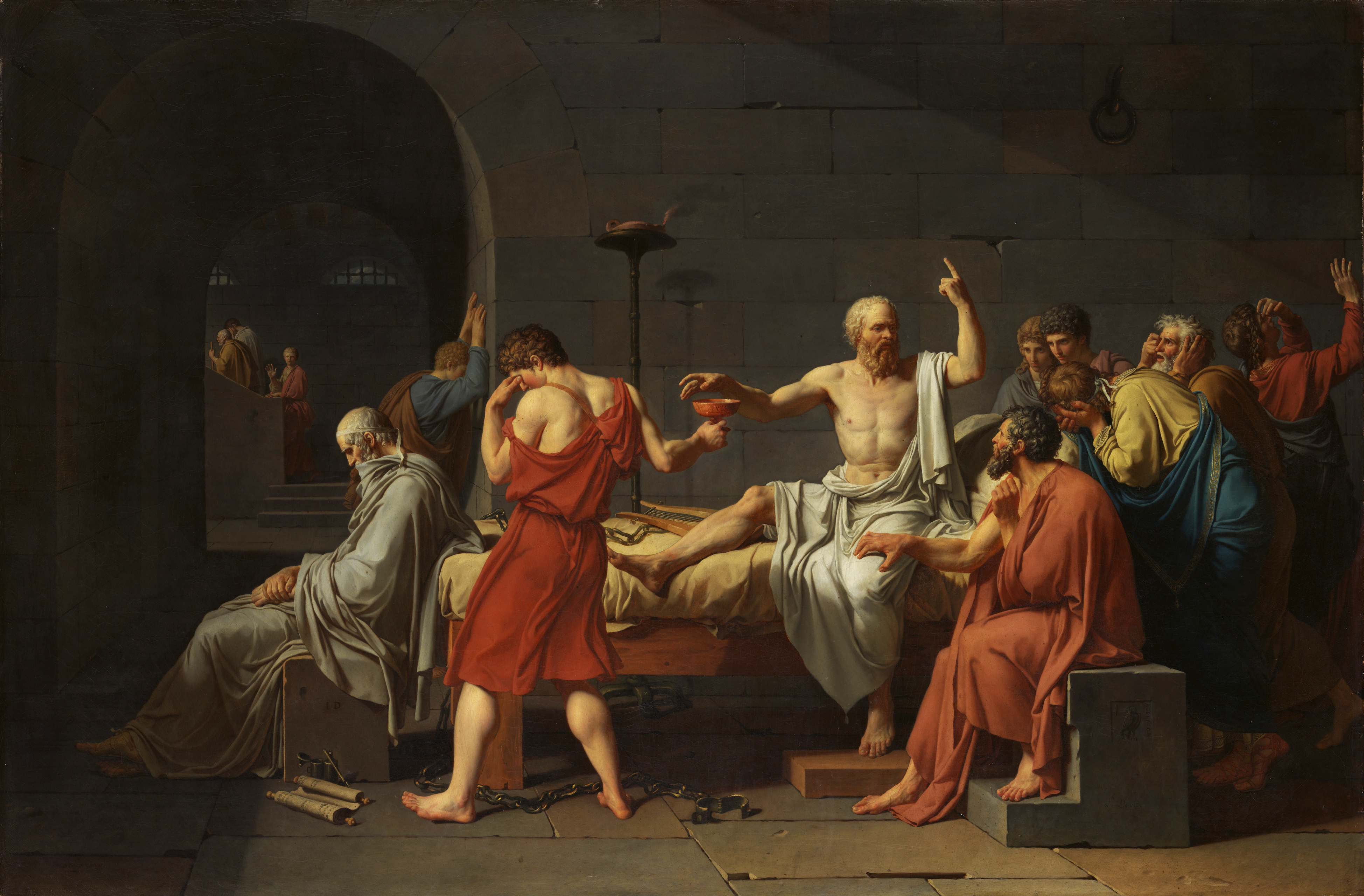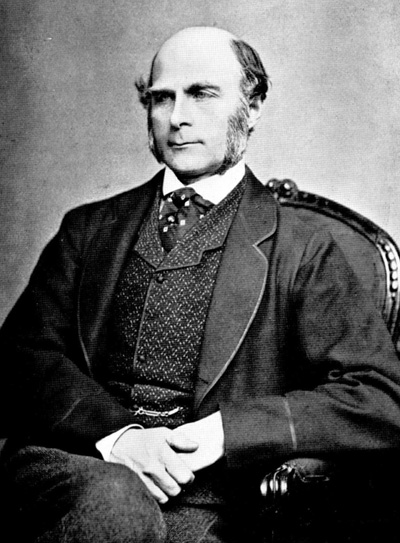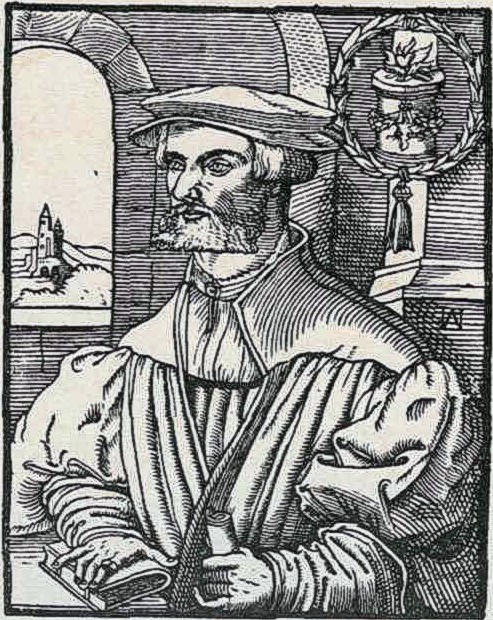|
Involuntary Euthanasia
Involuntary euthanasia occurs when euthanasia is performed on a person who would be able to provide informed consent, but does not, either because they do not want to die, or because they were not asked. Involuntary euthanasia is contrasted with voluntary euthanasia (euthanasia performed with the patient's consent) and non-voluntary euthanasia (when the patient is unable to give informed consent, for example when a patient is comatose or a child). Involuntary euthanasia is widely opposed and is regarded as a crime in all legal jurisdictions, although it has been legal in the past in some jurisdictions, notably Nazi Germany. Reference to it or fear of it is sometimes used as a reason for not changing laws relating to voluntary euthanasia. History of involuntary euthanasia United States Euthanasia became a subject of public discussion in the United States at the turn of the 20th century. Felix Adler, a prominent educator and scholar, issued the first authoritative call in 1891 fo ... [...More Info...] [...Related Items...] OR: [Wikipedia] [Google] [Baidu] |
Euthanasia
Euthanasia (from el, εὐθανασία 'good death': εὖ, ''eu'' 'well, good' + θάνατος, ''thanatos'' 'death') is the practice of intentionally ending life to eliminate pain and suffering. Different countries have different euthanasia laws. The British House of Lords select committee on medical ethics defines euthanasia as "a deliberate intervention undertaken with the express intention of ending a life, to relieve intractable suffering". In the Netherlands and Belgium, euthanasia is understood as "termination of life by a doctor at the request of a patient". The Dutch law, however, does not use the term 'euthanasia' but includes the concept under the broader definition of "assisted suicide and termination of life on request". Euthanasia is categorized in different ways, which include voluntary, non-voluntary, or involuntary. [...More Info...] [...Related Items...] OR: [Wikipedia] [Google] [Baidu] |
Hadamar Euthanasia Centre
The Hadamar killing centre (german: NS-Tötungsanstalt Hadamar) was a killing facility involved in the Nazi "involuntary euthanasia" programme known as ''Aktion T4''. It was housed within a psychiatric hospital located in the German town of Hadamar, near Limburg in Hessen. Beginning in 1939, the Nazis used Hadamar and five other sites as killing facilities for ''Aktion T4'', which performed mass sterilizations and mass murder of "undesirable" members of German society, specifically those with physical and mental disabilities. In total, an estimated 200,000 people were murdered at these facilities, including thousands of children. These actions were in keeping with Nazi ideas about eugenics. While officially ended in 1941, the programme lasted until the German surrender in 1945. Nearly 15,000 German citizens were transported to the hospital and murdered there, most by gas chamber and the rest by lethal injection and starvation. In addition, hundreds of forced labourers from Pol ... [...More Info...] [...Related Items...] OR: [Wikipedia] [Google] [Baidu] |
Euthanasia
Euthanasia (from el, εὐθανασία 'good death': εὖ, ''eu'' 'well, good' + θάνατος, ''thanatos'' 'death') is the practice of intentionally ending life to eliminate pain and suffering. Different countries have different euthanasia laws. The British House of Lords select committee on medical ethics defines euthanasia as "a deliberate intervention undertaken with the express intention of ending a life, to relieve intractable suffering". In the Netherlands and Belgium, euthanasia is understood as "termination of life by a doctor at the request of a patient". The Dutch law, however, does not use the term 'euthanasia' but includes the concept under the broader definition of "assisted suicide and termination of life on request". Euthanasia is categorized in different ways, which include voluntary, non-voluntary, or involuntary. [...More Info...] [...Related Items...] OR: [Wikipedia] [Google] [Baidu] |
Trolley Problem
The trolley problem is a series of thought experiments in ethics and psychology, involving stylized ethical dilemmas of whether to sacrifice one person to save a larger number. The series usually begins with a scenario in which a runaway tram or trolley is on course to collide with and kill a number of people (traditionally five) down the track, but a driver or bystander can intervene and divert the vehicle to kill just one person on a different track. Then other variations of the runaway vehicle, and analogous life-and-death dilemmas (medical, judicial etc.) are posed, each containing the option to either do nothing, in which case several people will be killed, or intervene and sacrifice one initially "safe" person to save the others. Opinions on the ethics of each scenario turn out to be sensitive to details of the story that may seem immaterial to the abstract dilemma. The question of formulating a general principle that can account for the differing judgments arising in di ... [...More Info...] [...Related Items...] OR: [Wikipedia] [Google] [Baidu] |
Eugenics
Eugenics ( ; ) is a fringe set of beliefs and practices that aim to improve the genetic quality of a human population. Historically, eugenicists have attempted to alter human gene pools by excluding people and groups judged to be inferior or promoting those judged to be superior. In recent years, the term has seen a revival in bioethical discussions on the usage of new technologies such as CRISPR and genetic screening, with a heated debate on whether these technologies should be called eugenics or not. The concept predates the term; Plato suggested applying the principles of selective breeding to humans around 400 BC. Early advocates of eugenics in the 19th century regarded it as a way of improving groups of people. In contemporary usage, the term ''eugenics'' is closely associated with scientific racism. Modern bioethicists who advocate new eugenics characterize it as a way of enhancing individual traits, regardless of group membership. While eugenic principles have be ... [...More Info...] [...Related Items...] OR: [Wikipedia] [Google] [Baidu] |
Coup De Grâce
A coup de grâce (; 'blow of mercy') is a death blow to end the suffering of a severely wounded person or animal. It may be a mercy killing of mortally wounded civilians or soldiers, friends or enemies, with or without the sufferer's consent. Methods Examples of coup de grâce include shooting the heart or head (typically the back of the skull) of a wounded, but still living, person during an execution or by humanely killing a suffering, mortally wounded soldier, in war, for whom medical aid is not available. In pre-firearms eras the wounded were finished with edged or impact weapons to include cutting throats, blows to the head, and thrusts to the heart. Other examples include the officer leading a firing squad administering a coup de grâce to the condemned with a pistol if the first hail of gunfire fails to kill the prisoner; or a ''kaishakunin'' who performs a beheading to quickly end a samurai's agony after seppuku. Other uses The phrase may also refer to the final even ... [...More Info...] [...Related Items...] OR: [Wikipedia] [Google] [Baidu] |
Child Euthanasia In Nazi Germany
Child Euthanasia (german: Kinder-Euthanasie) was the name given to the organised killing of severely mentally and physically disabled children and young people up to 16 years old during the Nazi era in over 30 so-called special children's wards. At least 5,000 children were victims of the programme, which was a precursor to the subsequent murder of children in the concentration camps. Background Social Darwinism came to play a major role in the ideology of Nazism, where it was combined with a similarly pseudo-scientific theory of racial hierarchy in order to identify the Germans as a part of what the Nazis regarded as an Aryan or Nordic master race. This ideology held unreservedly to the notion of the survival of the fittest, at both the level of the individual as well as the level of entire peoples and states. This notion claimed to have natural law on its side. All opposing religious and humanitarian views would ultimately prove to be unnatural. A person could only prove it ... [...More Info...] [...Related Items...] OR: [Wikipedia] [Google] [Baidu] |
Aruna Shanbaug Case
Aruna Ramchandra Shanbaug (1 June 1948 – 18 May 2015), was an Indian nurse who was at the centre of attention in a court case on euthanasia after spending nearly 42 years in a vegetative state as a result of sexual assault. In 1973, while working as a junior nurse at King Edward Memorial Hospital, Parel, Mumbai, Shanbaug was sexually assaulted by a ward boy, Sohanlal Bhartha Walmiki, and remained in a vegetative state following the assault. On 24 January 2011, after Shanbaug had been in this state for 37 years, the Supreme Court of India responded to a plea for euthanasia filed by journalist Pinki Virani, setting up a medical panel to examine her. The court rejected the petition on 7 March 2011. However, in its landmark opinion, it allowed passive euthanasia in India. Shanbaug died of pneumonia on 18 May 2015, after being in a persistent vegetative state for nearly 42 years. Biography Aruna Shanbaug was born in a Kannada brahmin family 1948 in Haldipur, Uttar Kannada, Kar ... [...More Info...] [...Related Items...] OR: [Wikipedia] [Google] [Baidu] |
Treblinka
Treblinka () was an extermination camp, built and operated by Nazi Germany in occupied Poland during World War II. It was in a forest north-east of Warsaw, south of the village of Treblinka in what is now the Masovian Voivodeship. The camp operated between 23 July 1942 and 19 October 1943 as part of Operation Reinhard, the deadliest phase of the Final Solution. During this time, it is estimated that between 700,000 and 900,000 Jews were murdered in its gas chambers, along with 2,000 Romani people. More Jews were murdered at Treblinka than at any other Nazi extermination camp apart from Auschwitz-Birkenau. Managed by the German SS with assistance from Trawniki guards – recruited from among Soviet POWs to serve with the Germans – the camp consisted of two separate units. Treblinka I was a forced-labour camp (''Arbeitslager'') whose prisoners worked in the gravel pit or irrigation area and in the forest, where they cut wood to fuel the cremation pits. Between 1941 and 1 ... [...More Info...] [...Related Items...] OR: [Wikipedia] [Google] [Baidu] |
Auschwitz
Auschwitz concentration camp ( (); also or ) was a complex of over 40 concentration and extermination camps operated by Nazi Germany in occupied Poland (in a portion annexed into Germany in 1939) during World War II and the Holocaust. It consisted of Auschwitz I, the main camp (''Stammlager'') in Oświęcim; Auschwitz II-Birkenau, a concentration and extermination camp with gas chambers; Auschwitz III-Monowitz, a labor camp for the chemical conglomerate IG Farben; and dozens of subcamps. The camps became a major site of the Nazis' final solution to the Jewish question. After Germany sparked World War II by invading Poland in September 1939, the ''Schutzstaffel'' (SS) converted Auschwitz I, an army barracks, into a prisoner-of-war camp. The initial transport of political detainees to Auschwitz consisted almost solely of Poles for whom the camp was initially established. The bulk of inmates were Polish for the first two years. In May 1940, German criminals brought to t ... [...More Info...] [...Related Items...] OR: [Wikipedia] [Google] [Baidu] |
Gas Chamber
A gas chamber is an apparatus for killing humans or other animals with gas, consisting of a sealed chamber into which a poisonous or asphyxiant gas is introduced. Poisonous agents used include hydrogen cyanide and carbon monoxide. History General Rochambeau developed a rudimentary method in 1803, during the Haitian Revolution, filling ships' cargo holds with sulfur dioxide to suffocate prisoners of war. The scale of these operations was brought to larger public attention in the 2005 book '' Napoleon's Crimes'', although the allegations of scale and sources were heavily questioned. In America, the utilization of a gas chamber was first proposed by Allan McLane Hamilton to the state of Nevada. Since then, gas chambers have been used as a method of execution of condemned prisoners in the United States and continue to be a legal execution method in three states, seeing a possible, legislated reintroduction, although redundant in practice since the early 1990s. Lithuania ... [...More Info...] [...Related Items...] OR: [Wikipedia] [Google] [Baidu] |
Hadamar 012
Hadamar is a small town in Limburg-Weilburg district in Hesse, Germany. Hadamar is known for its Clinic for Forensic Psychiatry/Centre for Social Psychiatry, lying at the edge of town, in whose outlying buildings is also found the Hadamar Memorial. This remembers the murders of people with handicaps and mental illnesses under the Nazi regime at the ''NS-Tötungsanstalt Hadamar''.http://www.graf-von-katzenelnbogen.de/ The History of the County of Katzenelnbogen and the First Riesling of the World Geography Location Hadamar lies 7 km north of Limburg between Cologne and Frankfurt am Main on the southern edge of the Westerwald at elevations from 120 to 390 m above sea level. Neighbouring communities Hadamar borders in the north on the communities of Dornburg, Elbtal and Waldbrunn, in the east on the community of Beselich, in the south on the town of Limburg and the community of Elz (all in Limburg-Weilburg) and in the west on the community of Hundsangen (in ... [...More Info...] [...Related Items...] OR: [Wikipedia] [Google] [Baidu] |








